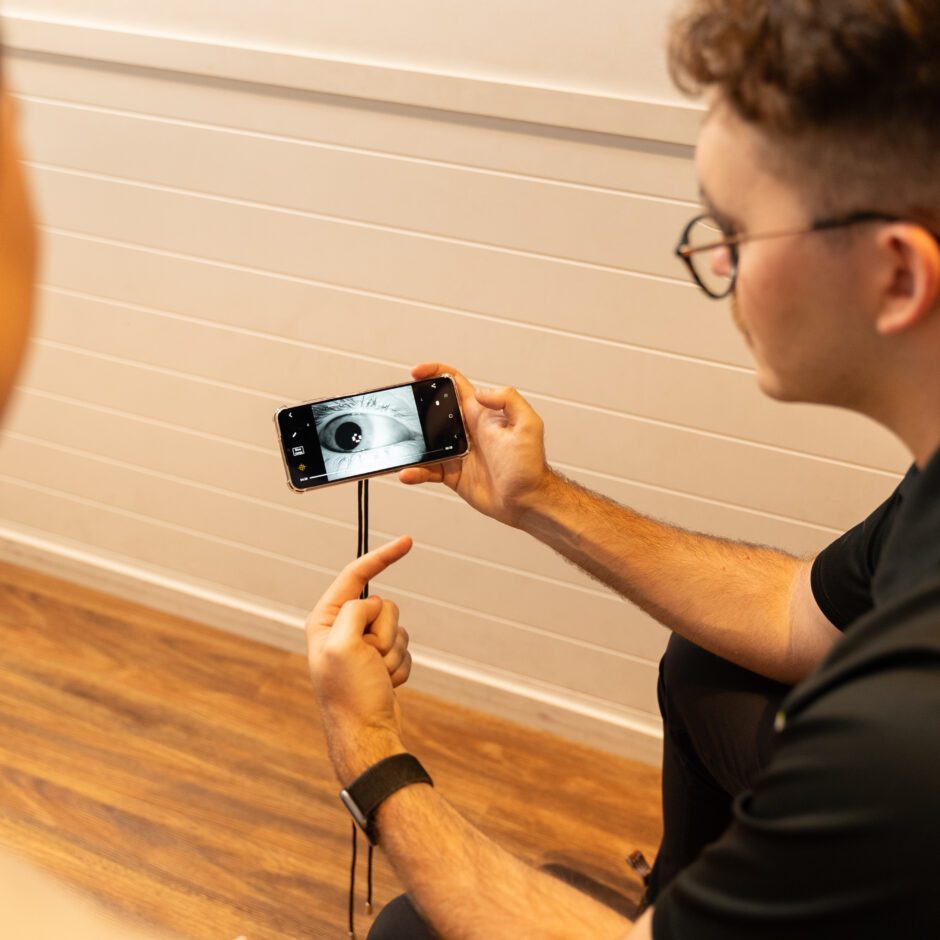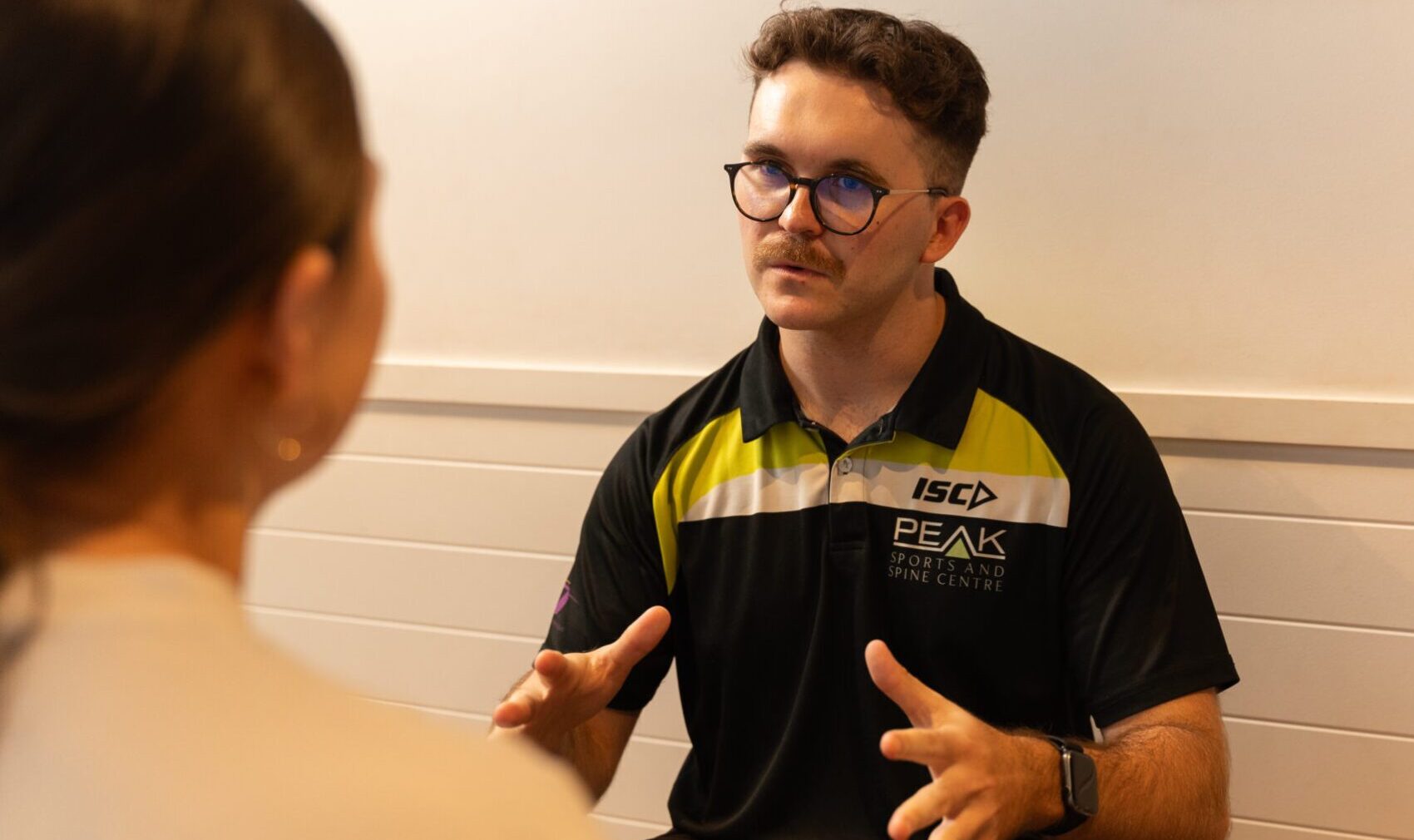Signs and Symptoms
Acute phase: Vestibular neuritis and labyrinthitis typically begin with an acute phase that can last a few days up to a week, characterized by:
- Sudden, severe vertigo: A intense spinning sensation that begins abruptly, often making it impossible to stand or walk without support. It usually starts in a matter of hours (commonly peaking within 24-48 hours).
- Nausea and vomiting: The vertigo is usually accompanied by severe nausea, vomiting, cold sweats – much like the worst motion sickness imaginable.
- Imbalance: You may not even be able to sit up at first. As the initial vertigo settles slightly, you’re left very unsteady – tending to fall or lean to one side (usually the side of the affected ear).
- Nystagmus: In neuritis/labyrinthitis, your eyes usually jerk rhythmically (nystagmus) because of the disturbed signals. Often, a doctor or physio observed this during your diagnosis, as it’s a key sign.
- Hearing symptoms (only in labyrinthitis): If it’s labyrinthitis, you would also have had hearing loss in one ear during the acute phase, potentially with tinnitus (ringing) or ear fullness. Vestibular neuritis by itself does not cause hearing loss, so your hearing would have remained normal.
Post-acute (recovery) phase: After the worst few days, symptoms gradually improve, but you might experience weeks or months of:
- Residual dizziness: Especially with quick head movements or when you’re fatigued. You might feel okay when still, but turning your head or walking can bring on a brief spin or a sense of imbalance.
- Persistent imbalance/unsteadiness: You may feel generally off-balance, like you’re walking on an unstable surface. Perhaps you find yourself subconsciously touching walls or furniture for stability. Walking in the dark or on uneven ground is notably difficult.
- Motion sensitivity: Activities like scrolling on your phone, riding in a car, or walking through a busy environment might provoke dizziness or queasiness. The world may feel slightly “laggy” when you move, a result of your vestibular system still catching up.
- Fatigue: Your brain is working overtime to compensate for the disrupted signals, which can make you mentally and physically tired more easily.
- Anxiety about symptoms: After such a frightening experience, it’s normal to feel anxious about any small dizzy twinge or worry about the vertigo coming back. This can sometimes lead to avoidance of activities or movements that you fear will trigger dizziness.
If untreated, some people compensate fully over time, but many have chronic imbalance or return of vertigo with rapid head turns – this is where rehab is essential.
Impact on Your Life
In the acute phase of vestibular neuritis or labyrinthitis, life comes to a standstill – you likely were bedridden or hospitalized for a few days. But even in the recovery phase, the condition can significantly impact daily life:
- Time off work or school: You might have had to take a significant leave during the acute phase. Even after, returning can be tough if your job involves moving around, driving, or concentrating (computer work can be hard when you’re dizzy). Some tasks may need modification; for example, if you work at heights or with machinery, you’d have to pause those duties until fully recovered.
- Dependence on others: Initially, you likely needed help with basic tasks (getting meals, etc.). As you recover, you might still avoid going out alone or driving until you’re sure your balance is reliable. This reliance can be frustrating when you’re used to independence.
- Avoidance of certain movements: You might develop cautious habits – like moving your head very slowly, or en bloc (turning your whole body instead of just your head), to avoid dizzy spells. While understandable, these adaptations can actually slow your recovery if they become long-term crutches.
- Reduced physical activity: In the aftermath, you likely curtailed exercise or strenuous activity. This deconditioning can cause muscle weakness and reduced stamina. Plus, missing out on the stress-relief of exercise can affect mood.
- Social and leisure impacts: Activities like sports, dancing, or even going to loud, busy places (concerts, shopping centers) might have been off-limits or unenjoyable due to symptoms. Some people avoid their previously loved hobbies such as cycling or swimming until balance improves. Travel plans may be postponed, and even simple pleasures like reading might have been difficult if eye movements triggered dizziness.
- Emotional strain: Experiencing a sudden vestibular crisis can be traumatic. It’s common to feel on-edge, worried “what if it happens again?” You may also feel down from the drawn-out recovery. Friends/family might not fully understand why you’re still not 100% weeks later (“Didn’t you just have an ear infection?”), which can be isolating.
The silver lining is that with proper rehabilitation, most people can overcome these limitations and return to their normal lives. The vestibular system is remarkably adaptable when guided correctly.
Physiotherapy for Vestibular Neuritis/Labyrinthitis at Peak Sports and Spine Centre
At Peak Sports and Spine Centre, we have a wealth of experience guiding patients through recovery from vestibular neuritis and labyrinthitis. Our approach is rooted in vestibular rehabilitation therapy (VRT), which is the gold standard for these conditions, and tailored to each person’s stage of recovery. Here’s how we help:
- Thorough Initial Evaluation: We start by assessing your current status. This includes observing any nystagmus (eye movements), testing your balance (can you stand on foam? walk heel-to-toe?), and performing vestibular tests like the head impulse test (which checks if your eyes can stay focused when your head moves quickly) or dynamic visual acuity test (seeing if your vision blurs with head movement). We also assess your gait and look for any secondary issues like neck stiffness (common after keeping your head still) or panic reactions. If you have any residual hearing issues from labyrinthitis, we take that into account too. This baseline helps us chart a personalized plan and gives us something to measure progress against.
- Gaze Stabilization Exercises: One hallmark of vestibular rehab is gaze stabilization training. If you have difficulty focusing on objects when you move (a sign that your VOR – vestibulo-ocular reflex – is weak on the affected side), we’ll employ exercises like the classic “X1” viewing: focusing on a letter on the wall while turning your head side to side at a moderate speed. This might make you slightly dizzy at first, but repeated practice (a few times a day) teaches your brain to compensate for the vestibular loss, and patients often see improvement in a matter of weeks. We progress these exercises by increasing speed or doing them in different positions (sitting, standing, walking) as you improve. This will help get rid of that lingering blur or lag in vision when you move.
- Balance and Walking Training: Early on, you might have a significant balance deficit. We’ll start with safety – maybe holding on to parallel bars or a counter as you practice weight shifting and gentle movements. As you gain confidence, we’ll have you perform balance challenges, like standing with your feet closer together, or on a cushion (to reduce reliable input from your legs and force your inner ear and vision to compensate). We often use gait training exercises such as walking while turning your head side to side (this is important because many people avoid head movement while walking initially). If the dizziness is mostly gone but you just feel a bit unsteady, we might incorporate agility drills – stepping in different directions, or mild vestibular challenges like walking and briefly closing your eyes – to really sharpen your equilibrium. These exercises are proven to speed up central compensation for vestibular loss .
- Habituation for Motion Sensitivity: If certain motions or positions still trigger dizziness (like bending over, or rolling in bed to the affected side), we include habituation exercises. For instance, we may guide you through a repeated sequence of bending forward and coming up, or practicing the motion of getting in and out of bed, in a slow, methodical way. The first few times might provoke mild symptoms, but by the 5th or 6th repetition, you’ll usually notice it’s not as bad. Over days of practice, your brain learns that these motions are okay again, and the dizzy signal dies down. We also address any residual BPPV if it cropped up – interestingly, about 10% of people develop BPPV after neuritis , so if you have any positional vertigo, we’ll treat that with repositioning maneuvers before continuing other rehab.
- Improve Physical Conditioning: Being laid up and then cautious for weeks can weaken you overall. We incorporate general conditioning – tailored to your preferences and abilities. It could be stationary biking (great because you can get cardio in without challenging balance too much at first), gentle strength training, or aqua therapy (water provides support and resistance, a nice combo for vestibular patients). Regaining cardiovascular fitness not only helps your body, but also has positive effects on the brain’s recovery capacity and mood. We celebrate milestones like “walked 10 minutes continuously” or “did a light jog with no dizziness” – these show you that you’re getting back to normal.
- Education and Home Program: We’ll equip you with a home exercise program from day one. This typically includes gaze stabilization exercises to do several times daily, balance exercises, and any specific maneuvers to practice. We’ll advise you on how to manage daily activities – for example, encouraging you to keep using the affected side and not just rely on the good side (the brain needs input from both sides to recalibrate). We also explain the natural course: that some days you might feel a bit of a setback, especially if tired – but that overall, the trend with rehab is improvement. Knowing what to expect takes away fear. We emphasize the importance of staying safely active – not retreating into bed for too long, as prolonged inactivity can delay recovery. Essentially, we teach you how to “challenge” your balance system just enough to promote healing, but not so much that you’re constantly uncomfortable.
- Advanced Techniques and Tools: Peak Sports and Spine Centre uses state-of-the-art techniques. If available, we might use technology like posturography (to measure your balance objectively) at the start and end of therapy, or video Frenzel goggles to accurately observe your eye movements and ensure we’re targeting the correct deficit. These tools reinforce our clinical decisions and can show you tangibly how you’ve improved (for example, seeing a reduction in nystagmus or sway on a report). But even without fancy gadgets, our expertise and tailored exercises are highly effective. We also integrate fun balance games or virtual reality environments if suitable – turning parts of rehab into a game can keep you engaged and motivated.
- Return to Normal Life Training: Toward the end of rehab, our focus shifts to any specific activities you’ve been eager to return to. If you stopped driving, we discuss and simulate checking blind spots (rapid head turns) and maybe do a car ride with you to gauge comfort. If you’re a sportsperson, we reintroduce sport-specific drills. If you love gardening but the bending was an issue, we practice those motions and strategies to make it easier (like moving your eyes before your head, etc.). We arm you with strategies: for instance, if you still have a tiny imbalance in the dark, we suggest using a nightlight or a trekking pole for hikes. By addressing these real-life goals, we ensure that when you “graduate” from therapy, you feel ready to tackle the world again, dizziness-free and confident.
Recovery from vestibular neuritis or labyrinthitis can be a tough journey, but you don’t have to navigate it alone or in the dark. Our physiotherapists act as both coaches and cheerleaders – guiding you through the exercises that will repair your balance, and encouraging you when frustration sets in. We’ve helped many patients go from barely standing to returning to sports or demanding jobs, so we bring a wealth of understanding and positivity. Each exercise completed, each improvement noted is a celebration on the road to recovery.
Let's get started — How can we help?
Physiotherapy
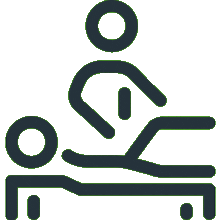
Chiropractic
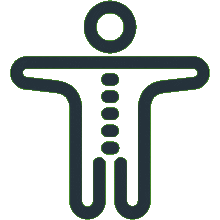
Podiatry
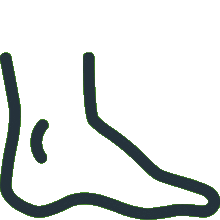
Massage Therapy
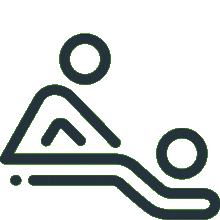
Women's Health Physiotherapy
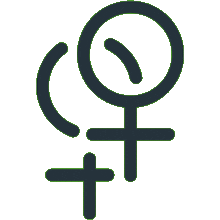
Running Program Tailored To Your Goals
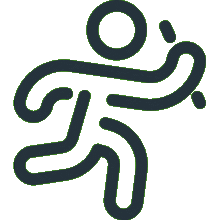
Joint Mobilisation
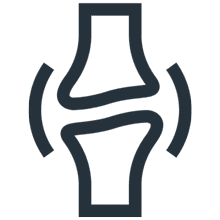
Active Release Technique
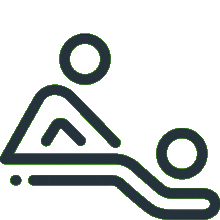
Exercise Prescription
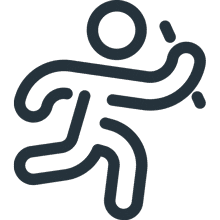
Real Time Ultrasound Imaging

Spinal Manipulation
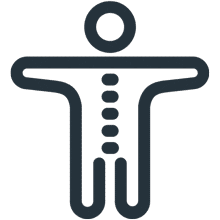
Functional Movement Screen
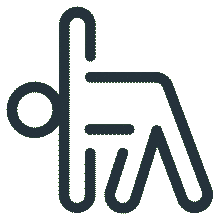
Knee Pain Treatment

Hamstring Strain Treatment
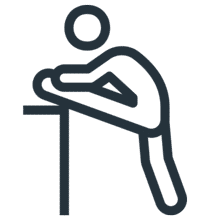
Hip Pain Treatment

Upper, Middle & Lower Back Pain

Neck Pain Treatment

Shoulder Pain & Rotator Cuff Tear

Can't find what you're after?
View all ServicesOr email the PEAK team at info@peakssc.com.au
Hawthorne
- Phone: (07) 3399 3318
- Fax: (07) 3319 6577
Address
5/171 Riding Road,Hawthorne, QLD, 4171 Get Directions
Opening Hours -
6 days per week
- Monday - Friday: 7:00 am - 8:00 pm
- Saturday: 7:00 am - 1:00 pm
To make a booking outside of business hours, please use our form by clicking here.
New Farm
- Phone: (07) 3399 4668
- Fax: (07) 3319 6577
Address
1/15 Lamington Street,New Farm, QLD, 4005 Get Directions
Opening Hours -
6 days per week
- Monday: 7:00 am - 8:00 pm
- Tuesday: 7:00 am - 8:00 pm
- Wednesday: 9:00 am - 8:00 pm
- Thursday: 10:00 am - 8:00 pm
- Friday: 7:00 am - 3:00 pm
- Saturday: 7:00 am - 3:00 pm
To make a booking outside of business hours, please use our form by clicking here.
